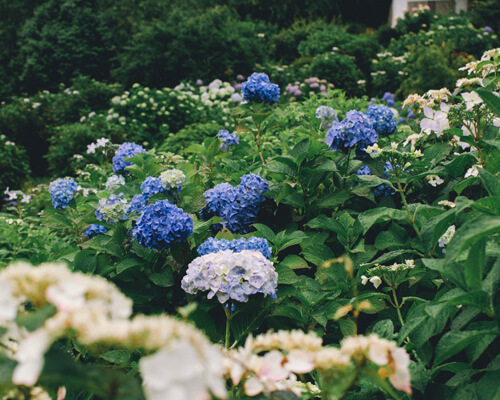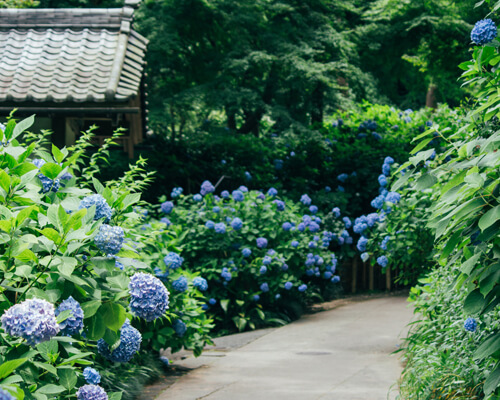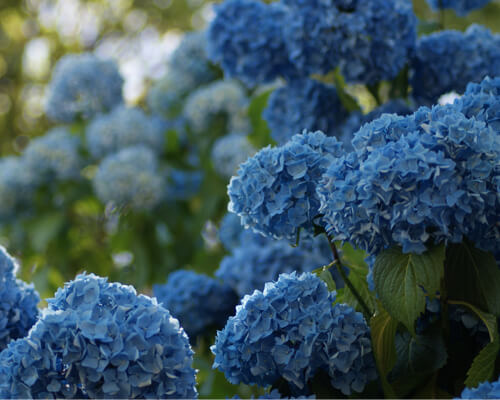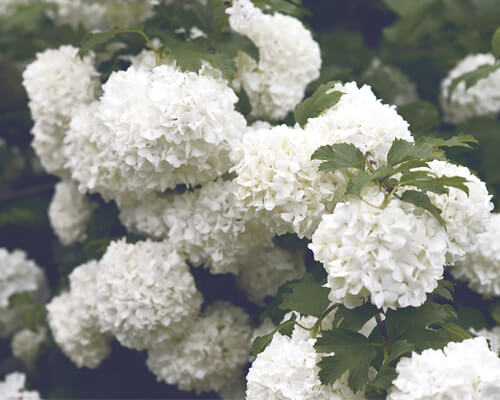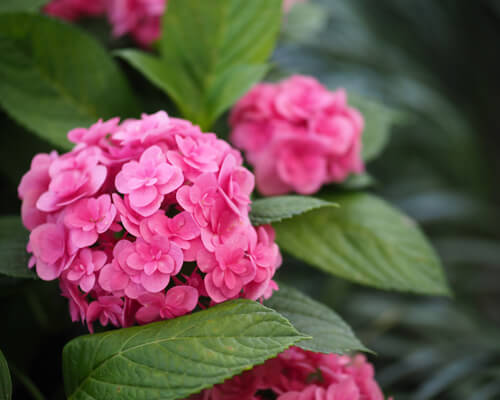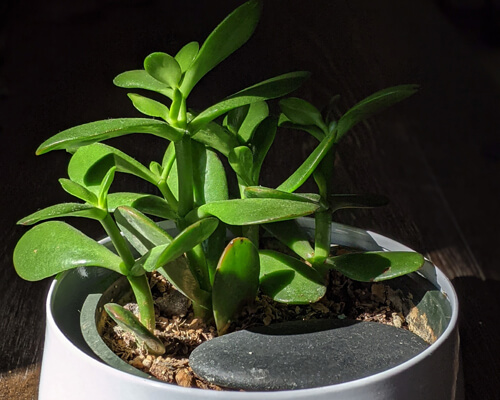How to Trim Lavender Bushes?
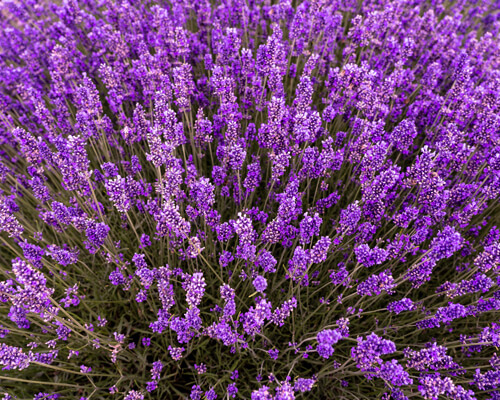
If you’re a lavender enthusiast or simply want to keep your garden looking lovely, you’ll want to know how to trim lavender bushes.
Lavender’s vibrant purple hue and soothing fragrance make it a popular plant, but it can get unruly if not pruned correctly.
Trimming lavender not only keeps it looking neat but also encourages healthy growth and prolongs its lifespan.
In this article, we’ll cover the proper techniques and timing for trimming your lavender bushes.
What is the best time to trim lavender bushes
The best time to trim lavender bushes is in the spring. When the plant is still dormant or when green growth has just started.
This usually occurs during the month of May, before bud formation begins.
Pruning should only be done up to 1/3 of the branch’s length and should not be done in the fall in northern climates. As it could result in death for the plant.
For optimal health and growth, you should prune your lavender in early spring, once new growth appears and prior to bud formation.
This helps promote more blooms and a bushier structure, while also removing any dead or diseased branches.
Trimming lavender bushes at this time encourages healthier, thicker foliage that can withstand dry summer conditions better.
Additionally, removing small amounts of stems helps keep plants compact and less susceptible to damage from wind or rainstorms.
How to trim lavender bushes in spring
Trimming lavender bushes in spring is a simple process. This requires just a few important steps to ensure the health of the plant and maximize its growth.
First, it’s important to use sharp, clean pruning tools like shears or secateurs when trimming lavender.
This will help you create precise cuts and avoid any unnecessary or accidental damage to the plant.
You should also make sure your tools are sterilized prior to use to prevent disease transmission from one plant to another.
Second, when pruning the lavender bush, try to create an even and rounded shape.
Cut individual stems around 2-3 inches above the woody base into the leafy section of the stem, avoiding cutting into the wood below.
It’s also important not to cut too far down into old wood. As this could stunt new growth and reduce flowering later on in the season.
Finally, remember that how much wood your lavender has depends on its age and how well it has been pruned before.
If your bush is older or appears woodier than usual, then you may need to be more careful with your trimming in order not to damage established branches.
By following these tips, you can help keep your lavender bushes healthy and promote their continued growth throughout the spring.
How to trim lavender bush in the fall
Step 1. Prepare
Before beginning, it is important to remove any dead or dried stems from the lavender bush.
These can easily be pulled off by hand, with no need for pruning shears.
It is also recommended to trim back any stems that are over 2 feet in length, as these have likely already been harvested and will not produce flowers in the fall.
Step 2. Protect buds
Lavender bushes typically bloom in the spring, so it is important to make sure that you do not accidentally prune away any flower buds during your fall trimming.
To avoid this, look carefully at the branches of your lavender bush and identify which ones have flower buds on them.
If possible, leave those branches alone and focus on the other parts of the plant instead.
Step 3. Shape
Prune away any stems or branches that are growing in an unruly direction or are competing with each other for light and space.
When shaping your lavender bush, try to create a symmetrical structure that is pleasing to look at while also allowing for plenty of air circulation around the plant.
Step 4. Deadhead
Deadheading is an important part of keeping your lavender looking healthy and vibrant.
As you are pruning, look for any spent flower heads that have turned brown and cut them away from the plant.
This will encourage new blooms in the springtime!
Step 5. Fertilize
After you have finished trimming back your lavender bush for the fall season, you should fertilize it with a general-purpose fertilizer specifically designed for plants grown in containers.
This will help replenish any lost nutrients from removing dead leaves and stems during pruning and give your lavender a boost as it enters a period of dormancy.
How do you cut back lavender for winter?
To prepare your lavender for the winter, start by pruning it back in late summer or early fall.
You’ll want to cut the stems down to a height of about 8-12 inches (20-30 cm).
Make sure you leave some green foliage on the plant, as this will help protect it from the cold.
It’s also important to remove any dead or diseased growth at this time.
When cutting the stems, be sure to use sharp pruning shears and make clean cuts just above leaf nodes or buds.
This will ensure that your lavender is able to quickly regenerate in spring and produce new blooms.
It’s also beneficial to thin out overcrowded plants by removing some of the oldest woody stems.
Doing this will help encourage new growth and a fuller shape for next season.
You can also use your pruning shears to trim back any errant branches or spent flowers at this time.
Be sure not to remove too much foliage though, as leaves are essential for providing insulation throughout the winter months.
After you’ve finished pruning, give your lavender a light layer of mulch around its base for extra protection from frost damage.
How to prune lavender that is woody
When pruning woody lavender, it’s important to use sharp, clean gardening shears or scissors.
This will ensure you don’t damage the fragile stems and leaves of the plant.
Start by cutting off any dead or damaged stalks, then move on to trimming away the old wood.
Aim for a slightly angled cut just above the growth node that is closest to the soil.
This should be about 1/4 inch above the node.
If there are multiple stems growing from one point, be sure to only remove one at a time so as not to shock the plant too much.
It is also wise to remove any dead or diseased stems, as these can become breeding grounds for pests and diseases.
Diseased stems should be discarded away from the garden, whereas removed healthy stems can be used as compost material.
Once all pruning has been completed, apply a balanced fertilizer to help give your plants a boost during their recovery period.
It’s best to wait until spring before fertilizing lavender.
Finally, it’s important to remember to keep your lavender well-watered during its recovery period.
This will help to support healthy growth and encourage flower production for the next season.
Conclusion
By following these steps for trimming your lavender bush you can make sure that you have a luscious garden feature all year around.
So don’t fear trimming your lavender. Naturally, with some practice and patience, you can easily transform a scraggly lavender bush into a beautiful living accessory for any garden setting.

